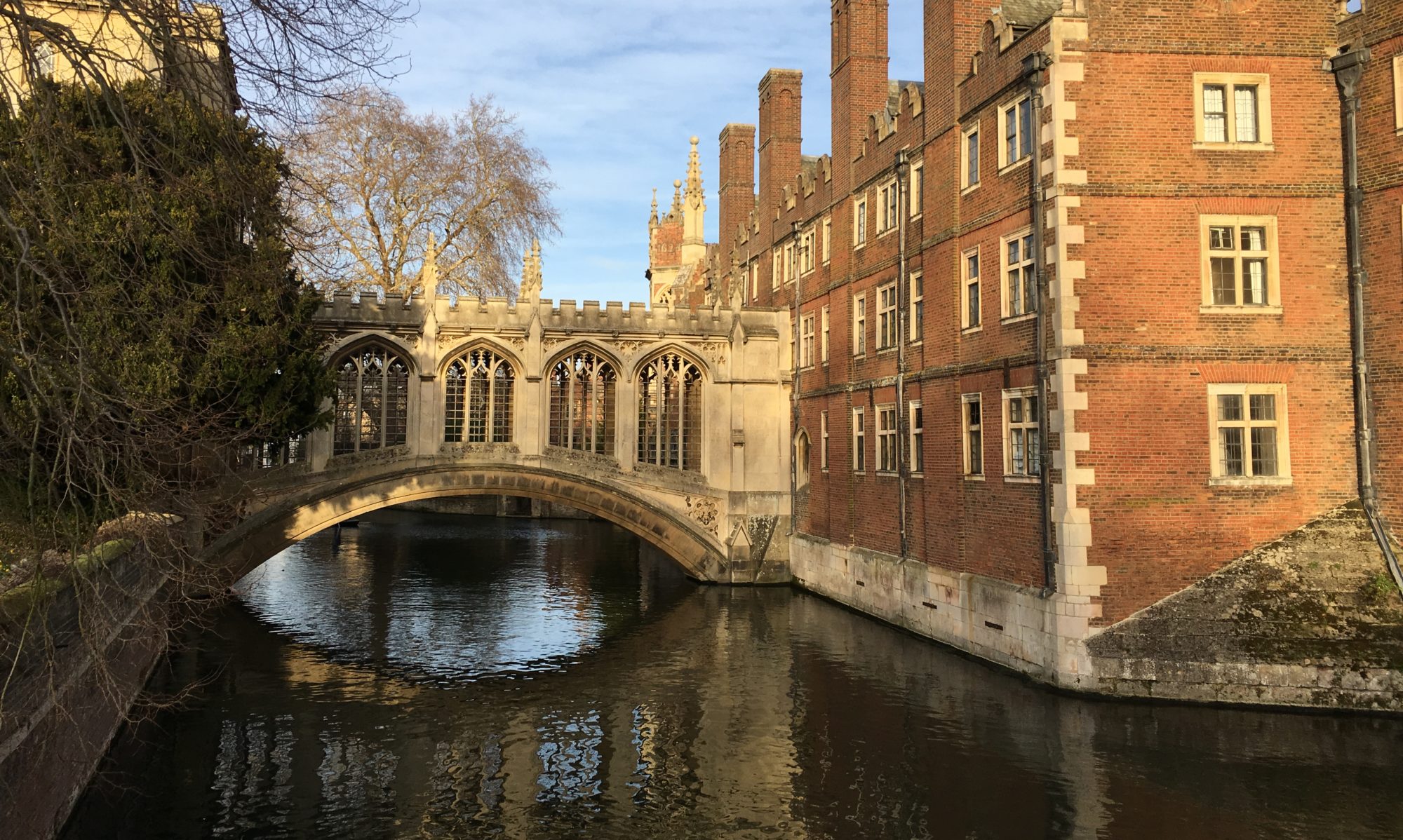Up the road over the edge of Cherry Hinton, onto the gentle rise of the Gog Magog Hills and their furrowed hide of fields, and I pull off the shoulder where a quiet leaf-screened path is bisected by the motorway. I’m partway between Cherry Hinton Chalk Pits and Wandlebury Country Park (which will one day have its own blog post), and I’m walking on a fallen giant—by one account, the Gawr Madoc of the Gog Magog Hills, slain by the Trojans, crashing and settling and growing over to create what little relief there is in the flat fenlands of Cambridgeshire. The walk is a long-cut through yellow leaves and autumn-ripened berries to another slice of nature reserve, this one copper-colored and called Beechwoods.

The straight lines of trees are unmistakable when I find the edge of the reserve. It’s a plantation, originally planted in the 1840s (as an interpretive sign eventually tells me), though I’ve found a section planted more recently to replace trees felled by wind. I see slender trunks splotched with lichen, rust and fluorescent yellow leaves floating between them, a wigwam crafted out of branches and domed around one trunk.
Then I cross the boundary into the old plantation, and I’m in a cornucopia of copper, a kingdom of amber. The beech trees are still in rows, but they’ve darkened, thickened, lofted a cathedral ceiling above the bronzed carpet of treasure at their feet. The trunks are smooth and gray, vivid green at the base where algae have dusted them and long-scarred where ramblers have carved their marks. It’s a place of vertical lines and the repeating motif of leaf: tidy curve, pleated edge, green to yellow to copper. It’s a place to come with your dog, your family, your partner of fifty years, on your own, to sit on benches, to stroll the beech lanes the length of the narrow wood and back.
I begin to inventory the color treasures on the ground. It becomes an incantation:
Amber, mahogany, fox,
rust, burnt sienna, tan,
toffee, chestnut, flame,
copper, cider, caramel,
auburn, umber, fawn…
(The leaves, I realize, are the same color as my hair—some of them, anyway.)
Though it has, in addition to trees, become a home for birds and bats and crawling things, the origin of Beechwoods is as human as it gets. And it’s almost laughably small on the map, a sliver between fields and a golf course. But it holds its spell, as far as the carpet reaches, the flame fanning and fading out into the tilled earth beyond where the trees end.














I love the muted tones of tan and brown. The names you listed, suggesting the color-scale, was fun to read. The palette of late fall more than makes up for the decline of showy colors.
Thanks! I agree.
Beautiful descriptions! You’ve got a special talent for bringing the magic of nature to the page 🙂
Thank you! <3